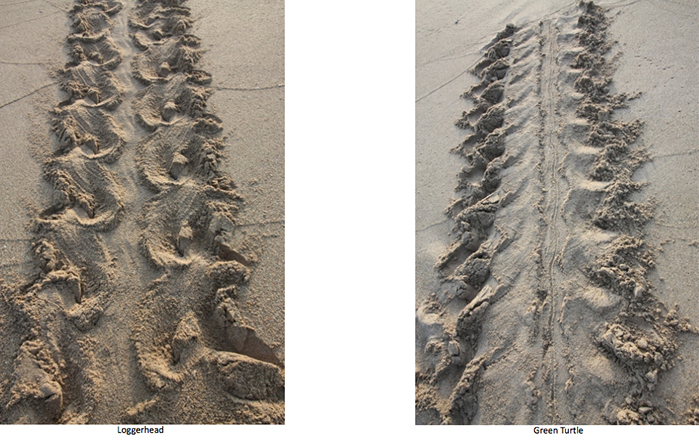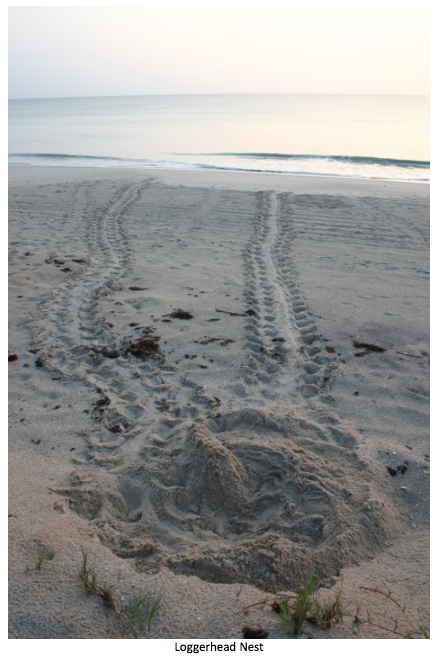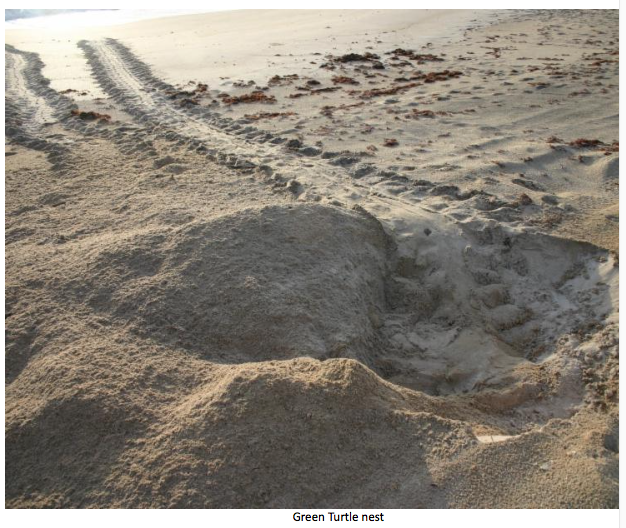Recent News
Three Flippered Turtle Released Into The WildFriday, February 07, 2014
After over a year of recuperating at the Bermuda, Aquarium, Museum & Zoo [BAMZ] after losing a flipper, a green sea turtle was released into the wild recently, dropped off about five miles east of Bermuda.
Bermuda TV series gets the green light
Friday, January 31, 2014
A new television series showcasing Bermuda’s precious marine life has been given the green light.
Morning walk about at the Bermuda Aquarium Museum and Zoo
Thursday, January 16, 2014
Lemurs are primates found only on the African island of Madagascar and some tiny neighboring islands. Because of its geographic isolation, Madagascar is home to many amazing animals found nowhere else on the Earth.
Service with a smile gets Peg ‘seal of approval’
Wednesday, January 15, 2014
The best waitresses serve breakfast with a smile, no matter what, or who, they are serving.
Zoological Society receives a boost from the family of a man who worked there for 40 years
Saturday, January 11, 2014
Bermuda Zoological Society have been given a $2,000 boost thanks to the generosity of the family of the late Wakefield and Mildred Trott.
About
GovernanceAbout Us
Newsletter
Latest News
Gift & Bookstore
Contact
General Inquiries
info@bzs.bm
Latest News
All the latest updates and news from the Bermuda Aquarium, Museum, and Zoo, one of Bermuda's leading visitor attractions!
Jennifer Gray, Bermuda Director, Bermuda Turtle Project
Are you an early riser? Do you like to walk beaches?
Be a part of our Citizen Science Volunteer Programme... take a walk and report sea turtle nesting events.
In 1870 Bermuda's Attorney General declared that there was no nesting of sea turtles in Bermuda giving us an approximate time reference for the local extinction of our nesting green turtles.
Sea turtle nesting events in Bermuda; of 1990 (Loggerhead), 2005 (Loggerhead) and 2015 (Green) give us a glimmer of hope for the future and suggest a possibility that sea turtles are nesting sporadically hidden from human eyes. All three of these nests were discovered fortuitously by observant members of our community and we encourage everyone to be aware of the tell-tale signs of sea turtle nesting and report any events to the Bermuda Turtle Project.
Historic records suggest that sea turtles in Bermuda nested between late April through June and certainly June, July and August would provide the optimal sand temperature for a sixty- day incubation period of eggs.
To identify the tracks (crawls) of a nesting sea turtle observations should be made early in the morning when they are fresh and unaltered by wind and rain. Whenever possible photographic records should be obtained. The tracks of a nesting sea turtle should emerge from the high tide mark and lead to a disturbed area of sand at the back of a beach with another track returning to the sea. Loggerhead tracks are approximately three feet wide while Green Turtle tracks are typically four feet wide.

Photos: Sea Florida Fish & Wildlife Conservation Commission


Hatchlings emerging from a nest may not leave clear tracks depending on the type of sand and wind conditions but when they do many small tracks from the nest to the sea may be observed. These should not be confused with the tracks of a hermit crab. If there are bright lights the vicinity of the beach hatchlings may become disoriented and have trouble finding the ocean.
Tracks from disoriented hatchlings.
Their tracks should lead straight to the sea. Hermit Crab tracks

Photo: Sea Turtle Conservancy
Help us understand the status of sea turtle nesting by reporting any tracks or nesting events to the Bermuda Turtle Project by calling (441) 332-2966.


